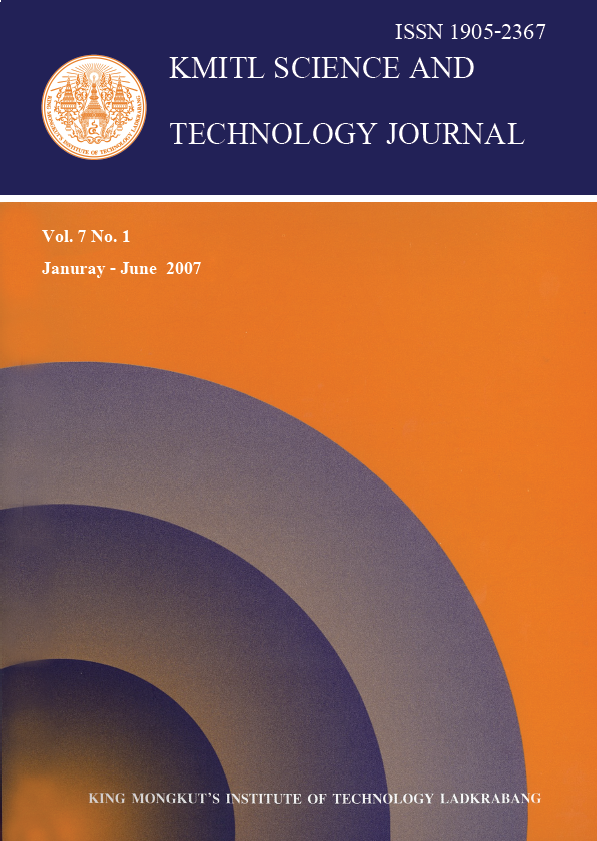Levels of lead (0.064 µg/l), iron (0.8 µg/l), zinc (4.82 µg/l), copper (0.19 µg/l), arsenic (0.05 µg/l), manganese (0.03 µg/l), chromium (0.005 µg/l) and mercury (0.01 µg/l) were determined in the water and in some fish and shellfish from Aba river, Nigeria. They were found to be below the maximum allowable levels set by the United States Environmental Protection Agency (USEPA), except for lead, iron and mercury. This implies that the waste assimilation capacity of the river is high, a phenomenon that could be ascribed to dilution, sedimentation and continuous water exchange. Emperical evidence shows that the metals were at low levels in these organisms. However, when compared with levels determined in fish from a rural river, relative enrichment, ranging from 0.01 for lead to 1.5 for zinc, were observed in the Aba river fish. This is an indication that urban and industrial wastes discharged into the Aba river has had a significant effect on the ecological balance of the river.
Keywords: Heavy metals, pollution, waste assimilation, lead, fish and shellfish
Corresponding author: E-mail: alfreduba@yahoo.com
Ubalua*, A. ., Chijioke, U. ., & Ezeronye, O. . (2018). Determination and Assessment of Heavy Metal Content in Fish and Shellfish Aba River, Abia State, Nigeria. CURRENT APPLIED SCIENCE AND TECHNOLOGY, 16-23.
